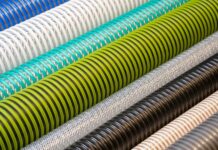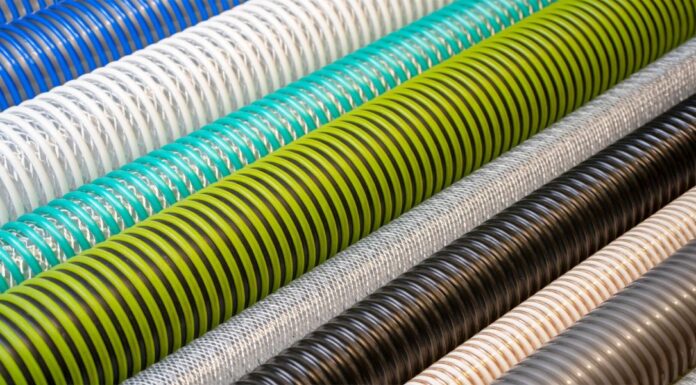In hydrogen fuel cells, the answer is cofacial cobalt porphyrins.
It’s a mouthful to say, and if you’re not a chemist, you’ve probably never heard of these compounds before. But these molecules—which are great at facilitating a chemical reaction that’s needed to produce power from hydrogen and oxygen—could be the next big advance in alternative energy.
The compounds assemble themselves in the lab from Lego-like chemical building blocks that are designed to fit together. It’s shake-and-bake technology: Scientists add the pieces to a flask, stir them together and add heat. Over time, the building blocks join together in the right places to form the final complexes.
The material is cheap and easy to produce in large quantities. This makes it an ideal candidate for replacing costly platinum catalysts used in hydrogen fuel cells today, says Timothy Cook, Ph.D., assistant professor of chemistry in the University at Buffalo College of Arts and Sciences, whose team designed the new self-assembled compounds.
Such technology could one day enable automakers to slash the price of hydrogen cars, putting the eco-friendly vehicles within reach for more consumers. Low-cost fuel cells could also drive the development of other hydrogen-powered devices, such as backup generators. Hydrogen is considered a clean energy source because fuel cells emit only water as a byproduct.
Read more at: Chemical building blocks self-assemble like Lego’s into catalyst












